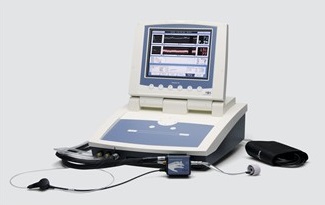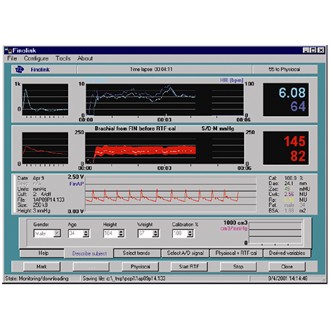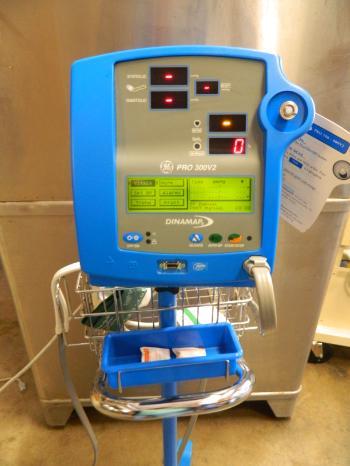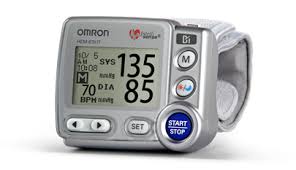-
Courses

Courses
Choosing a course is one of the most important decisions you'll ever make! View our courses and see what our students and lecturers have to say about the courses you are interested in at the links below.
-
University Life

University Life
Each year more than 4,000 choose University of Galway as their University of choice. Find out what life at University of Galway is all about here.
-
About University of Galway

About University of Galway
Since 1845, University of Galway has been sharing the highest quality teaching and research with Ireland and the world. Find out what makes our University so special – from our distinguished history to the latest news and campus developments.
-
Colleges & Schools

Colleges & Schools
University of Galway has earned international recognition as a research-led university with a commitment to top quality teaching across a range of key areas of expertise.
-
Research & Innovation

Research & Innovation
University of Galway’s vibrant research community take on some of the most pressing challenges of our times.
-
Business & Industry

Guiding Breakthrough Research at University of Galway
We explore and facilitate commercial opportunities for the research community at University of Galway, as well as facilitating industry partnership.
-
Alumni & Friends

Alumni & Friends
There are 128,000 University of Galway alumni worldwide. Stay connected to your alumni community! Join our social networks and update your details online.
-
Community Engagement

Community Engagement
At University of Galway, we believe that the best learning takes place when you apply what you learn in a real world context. That's why many of our courses include work placements or community projects.
Cardiovascular
 The Cardiovascular Psychophysiology Laboratory facility is situated within the School of Psychology and is located on the 2nd floor of the Arts Millennium Building Extension, National University of Ireland, Galway. This laboratory is concerned with assessing responses of the cardiovascular system to psychological load, in particular how these relate to mental stress. Significant research from this laboratory has been cited in virtually all major academic health psychology textbooks worldwide, has been published in leading international peer-reviewed journals, and has attracted honours and awards both nationally and internationally.
The Cardiovascular Psychophysiology Laboratory facility is situated within the School of Psychology and is located on the 2nd floor of the Arts Millennium Building Extension, National University of Ireland, Galway. This laboratory is concerned with assessing responses of the cardiovascular system to psychological load, in particular how these relate to mental stress. Significant research from this laboratory has been cited in virtually all major academic health psychology textbooks worldwide, has been published in leading international peer-reviewed journals, and has attracted honours and awards both nationally and internationally.
What is Cardiovascular Psychophysiology?
Cardiovascular Psychophysiology is the study of how psychological variables (such as thoughts, feelings, behaviour, and personality) interact with cardiovascular variables (such as blood pressure, heart rate, and arterial stiffness). Examples of questions asked in cardiovascular psychophysiology research include:
- To what extent does mental stress cause health-threatening upward shifts in blood pressure?
- Does social support help lower blood pressure?
- Can people suppress their emotional responses?
- Does personality play a role in determining resilience to mental stress?
Much cardiovascular psychophysiology research is concerned with the notion of “blood pressure reactivity.” The Cardiovascular Psychophysiology Lab at NUI Galway has become synonymous with blood pressure reactivity research: so much so, that our lab was invited to prepare the entry on “blood pressure reactivity” for the Springer Encyclopaedia of Behavioral Medicine (Gellman, Turner (Eds), 2013). The entry [link] provides a comprehensive explanation of the scope and implications of cardiovascular psychophysiology.
A comprehensive rolling list of publications of our research can be viewed here.
View slides and posters from some of our recent conference and seminar presentations.
Members
Prof. Brian Hughes (Director)
Dr. Páraic Ó Súilleabháin (Member)
Dr. Sinéad Conneely (Member)
Dr. Gerry Molloy (Member)
Amanda Sesker (Member)
Sinéad Lydon (Member)
Collaborations
Our Lab is part of a rich global network of research collaborations. Some of our most significant work has been in co-operation with colleagues from the following institutions:
University of Birmingham
Tilburg University
University of Stirling
Reykjavík University
Anglia Ruskin University
Adam Mickiewicz University
York University (Canada)
University of Limerick
Penn State University
Equipment
Finometer
The Finometer PRO is a stand-alone solution for accurate non-invasive beat-to-beat blood pressure monitoring. The Finometer PRO incorporates the Modelflow technology providing hemodynamic parameters such as stroke volume, total peripheral resistance and cardiac output as well as pulse rate (variability) and baroreflex sensitivity analysis.
The cardiovascular laboratory currently possesses 2 Finometer monitors.
Finometer Standard Operating Procedure
Finometer Operating Manual

Dinamap
DINAMAP PRO Monitors provide non-invasive determination of systolic blood pressure, diastolic blood pressure, mean arterial pressure, pulse rate, temperature, and oxygen saturation.
The cardiovascular laboratory currently possesses 3 pro Dinamap monitors.
Dinamap Standard Operating Procedure
Dinamap Operating Manual

Omron Portable Monitors
Omron portable monitors provide non-invasive blood pressure monitoring with an advanced positioning sensor.
The Cardiovascular laboratory currently possesses a number of Omron HEM-670IT monitors.
Omron Standard Operating Procedure
Omron Operating Manual

Slideshare
View the Cardiovascular Lab's Slideshare here
Resources
http://www.smartmedical.co.uk/home
Video Guides
Research Volunteers
For details on how to participate in our research please contact the laboratory coordinator.
Funding
Health Research Board
Irish Heart Foundation
Irish Research Council
European Union
Higher Education Authority
Polish National Science Center
European Regional Development Fund
Department of Education and Science



















